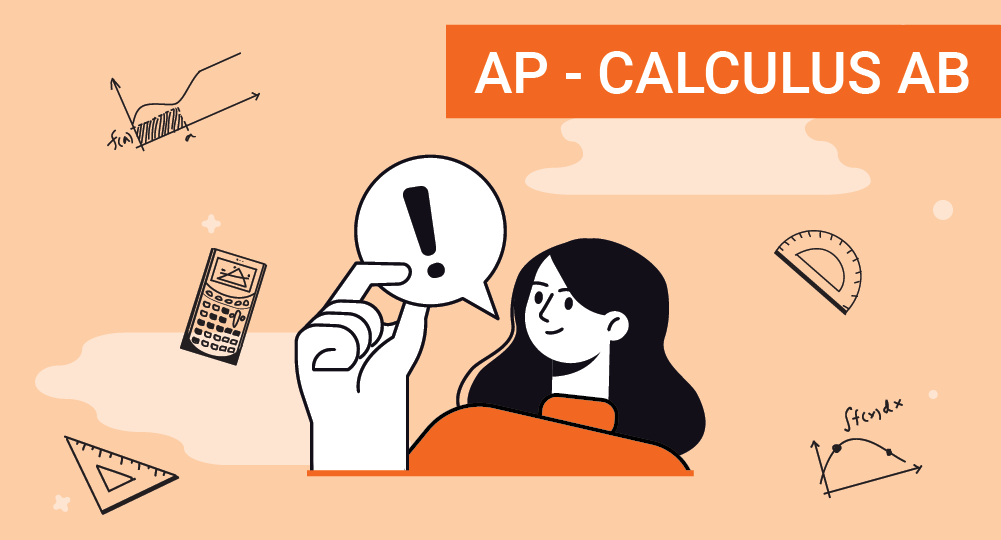
PSAT Mathematics
The preliminary SAT also known as PSAT is the kind of practie test for SAT. PSAT assesses the student's performance in the major areas like evidence - based reading, writing and mathematical skills. It can be taken by the students only once in an year.
Know more about PSAT
The PSAT, which stands for Preliminary Scholastic Assessment Test, is a standardized test administered by the College Board. It is designed to help students prepare for the SAT (Scholastic Assessment Test) and to identify potential candidates for the National Merit Scholarship Program. Here are some key details about the PSAT:
Purpose: The PSAT assesses your skills in critical reading, math, and writing, similar to the SAT. It serves as a practice test for the SAT and provides valuable feedback on your strengths and areas for improvement.
The PSAT/NMSQT (National Merit Scholarship Qualifying Test) is the version of the PSAT used to determine eligibility for the National Merit Scholarship Program. High scorers in this test may qualify for scholarship opportunities.
PSAT/NMSQT (Preliminary Scholastic Assessment Test/National Merit Scholarship Qualifying Test) consists of four main sections: Reading, Writing and Language, Math No Calculator, and Math with Calculator. Each section is designed to assess different skills and is scored separately. The total testing time is approximately 2 hours and 45 minutes.
Test Pattern
| S No | Test Section | Number of Questions | Time Allotted |
|---|---|---|---|
| 1 | Reading Section | 47 | 60 minutes |
| 2 | Writing and Language Section | 44 | 35 minutes |
| 3 | Math No Calculator Section | 17 | 25 minutes |
| 4 | Math with Calculator Section | 31 | 45 minutes |
| 5 | Essay Section (Optional) | 1 prompt | 50 minutes (approx.) |
*The Writing section is optional and does not include a specific number of questions. It requires writing an essay in response to a prompt
What you'll learn
- 1
Linear Equations in 1-variable and 2-variables, Linear Functions and Quadratic functions.
- 2
Graphical representation of Algebraic Expressions
- 3
Ratio, proportion, rate and percentage
- 4
Units, Measurement and unit conversion
- 5
Probability and Two-way Frequency Tables
- 6
Data collection and Representation
- 7
Polynomials, Radical and Rational functions
- 8
3D shapes and Solid Geometry
- 9
Angles, Triangles, Pythagorean Theorem and Trigonometric Ratios
- 10
Cicles and basic concepts of circles
Skills you'll learn
Create and solve linear equations, and inequalities in 1 variable and 2 variables
Relation between Graphical representation and Algebraic representation
Solve problems using ratios, proportions, rate, and percentage
Measurement of different quantities, their units and unit conversion
Using two-way frequency tables and calculate probability
Writing Polynomials and basic operations on polynomials
Writing quadratic or exponential function and finding solution to quadratic functions
Simplifying and solving radical functions and rational functions
Understand congruency and similarity. Apply for lines, angles and triangles
Understand trigonometric ratios and use trigonometric functions to measure angles
Understand the concept of circles, arc, chord length, area of sectors and angles
Simplify Complex Numbers and Basic Operations of Complex Numbers














